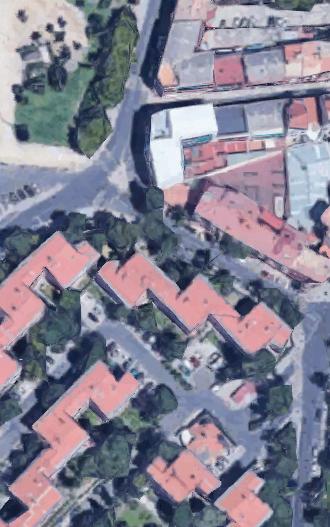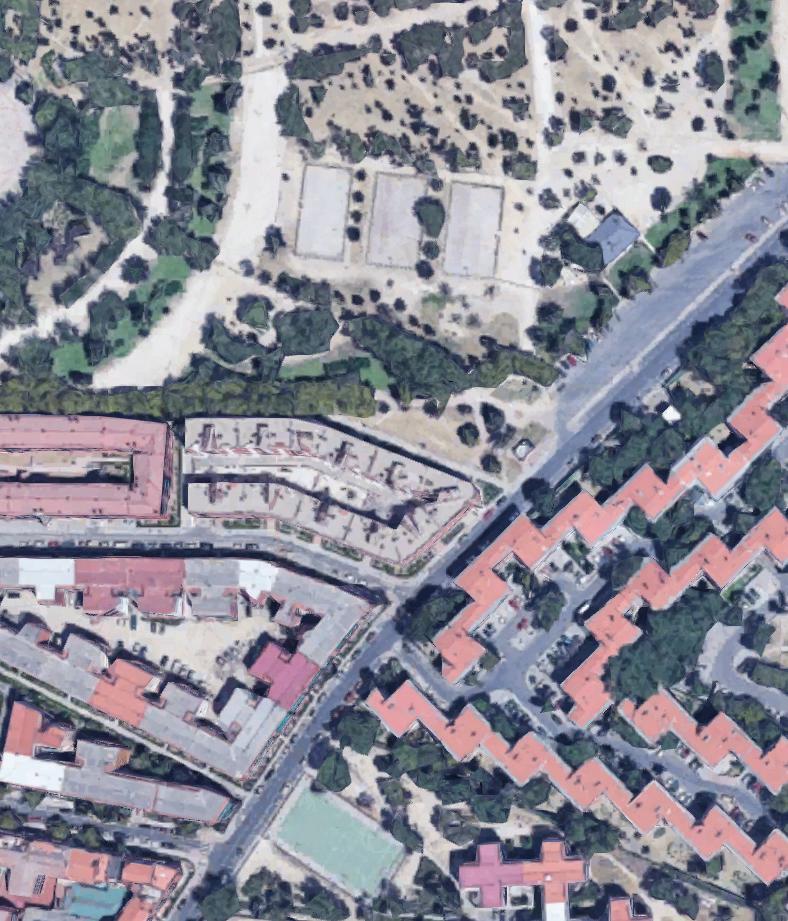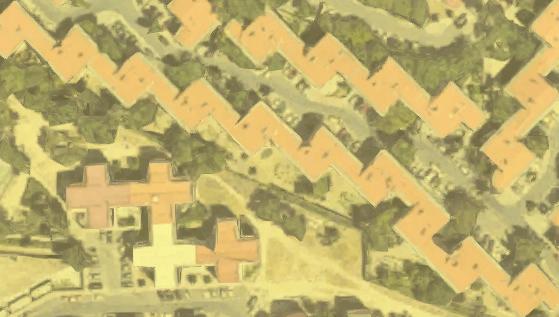
2 minute read
Breaking the food supply chain p
Breaking the food supply chain An example of decentralized selfsuffi cient food production
by Fréreux- Sanchez,Tom, Juan, Claude
Advertisement
rooftop gardening


local market
local farm rooftop gardening

waste management
rooftop gardening




waste management
food produced
collective market
(rooftop garden based on individual participation, making use of rainwater) seed and rainwater recovery system
food production
protein
fertilizer
waste management
(local farm to provide meet, eggs and natural fertilizer) product bought
(users are active members of the community and donate usable waste to the local farm)
food consumption
waste
In today’s world, the way humans produce and access food is far from satisfying the ideal of self- suffi ciency. In fact, it is generally acknowledged that the mass consumption lifestyle of our globalized environment results in both huge amounts of waste (30% of the total produced) and misuse of scarce resources (water used on wasted corp would meet daily needs of 9 M people). The above schema embodies what could be seen as an way to deal with the matter.
In the project, the members of this South-Madrid community would individually take care of their personal roof-top gardens to grow their own food. This historical self-suffi cient usage of food has left our habits for decades, nevertheless, this behavior enables a responsible and distributed design of producing food, removing mass transportations, and mutual dependence. Those roof gardens would be, of course, alimented by a rainwater recovery system providing a solution to water scarcity.
Moreover, each household would bring its peculiar production to the pair of collective markets present in the area. Those would be meant to gather the whole neighborhood’s products and generate a sense of community between the inhabitants.
Nonetheless, the waste concern of any food production would not be solved due to cultural habits. However, in order to tackle the issue, collectivization of waste would be implemented to feed chickens in a small community farm. The former would bring, on the one hand, eggs and meat to the market and on the other, resilience to the community via natural fertilizers for the soil not to lose its capacity to produce. Finally, to answer the same sense of community creation, parks and bridges throughout roof gardens would be installed to built a whole walkable tour around the neighborhood.
The feasibility of the plan remains to be analyzed. Indeed, the cost of the whole project might be considered too high even though one may claim that the environmental consequences and the impact felt for many future generations could compensate it. Another doubt transpires regarding the ability of such a small neighborhood to be fully food suffi cient. To that concern, it is share that there is no way the neighborhood would be fully food self-suffi cient yet, the infrastructure implemented would allow it to reduce greatly its dependence on the outside world.
Lastly, the time required for the maintenance of the infrastructures by common citizens working all day long is highly questionable.









